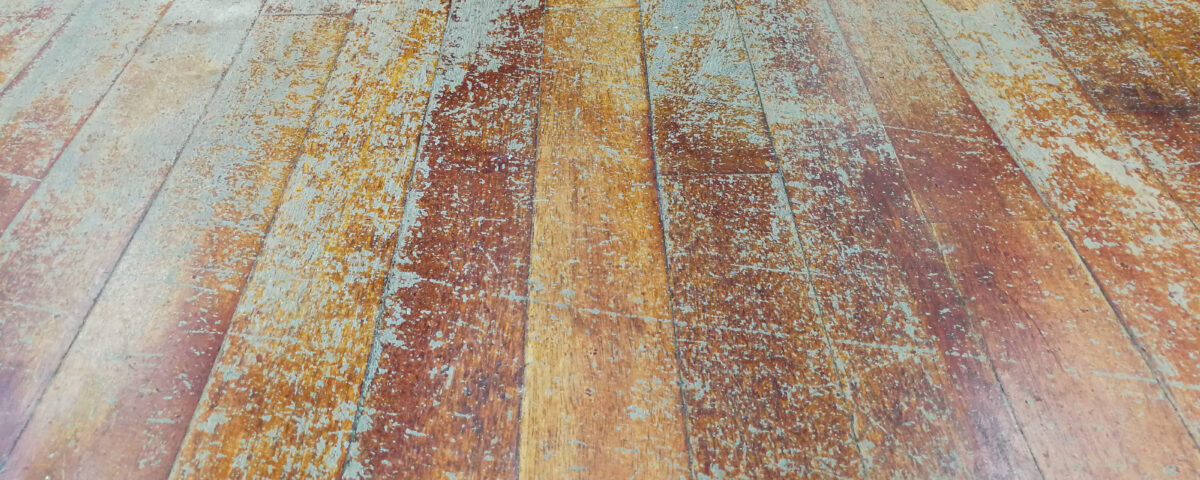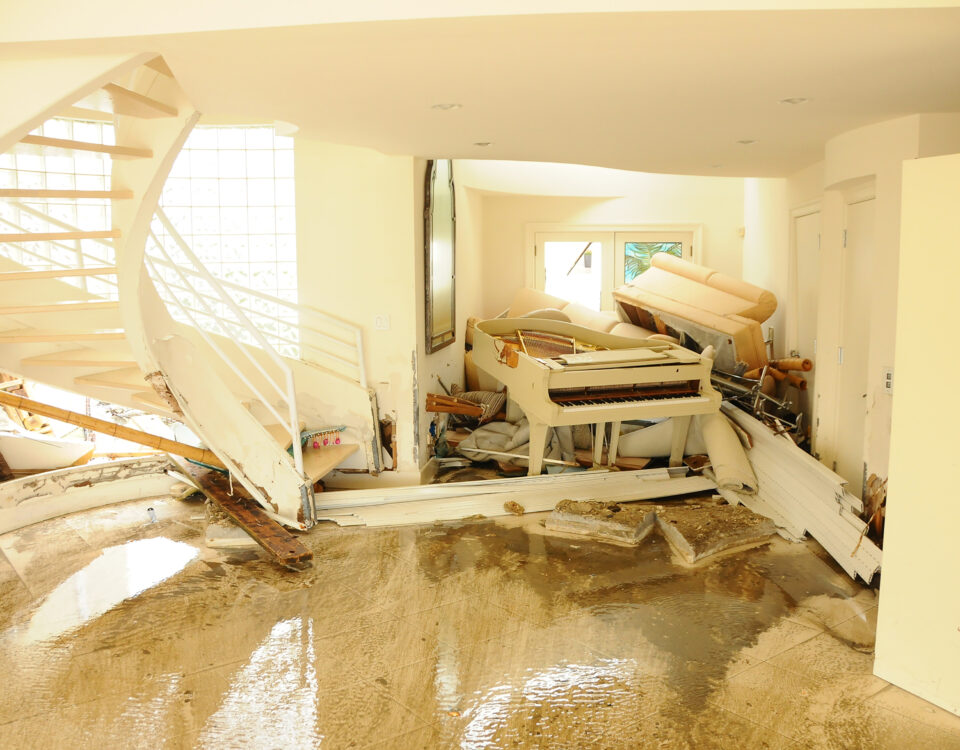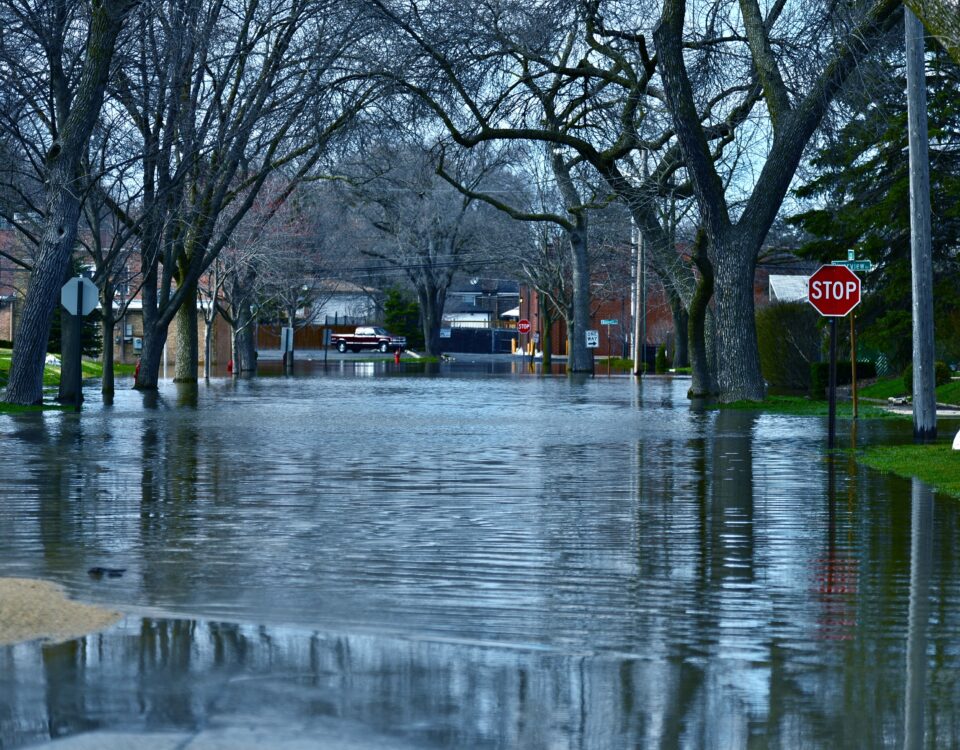
Q&A: How National Flood Services Is Helping Agents Prepare for Risk Rating 2.0
October 12, 2022
Protect Your Family and Your Property from Disasters
October 12, 2022How to Communicate with Policyholders
About Renewals Under Risk Rating 2.0
In all the confusion around Risk Rating 2.0 and its rollout, one thing is clear: policyholders need more information about the renewal schedule and its implications for their premiums.
The good news is that there are only two phases of the rollout to explain, and the biggest decision policyholders will need to make is which methodology will benefit them most, should their policy renewal fall during the months between Phase 1 and Phase 2.
Of course, for property owners who don’t yet have a flood insurance policy, the best time to purchase before your rate changes is now. Given the 30-day waiting period before policies apply, the eligibility window for new policyholders who want to get a glidepath for increases based on the old rating methodology is running out.
So, how can agents communicate these changes to flood premium calculations, especially to policyholders who may be up for renewal during Phase 1 of this rollout? In a word: proactively.
The sooner you reach property owners with this information, the better – whatever channel you choose.
Here, we’ll condense the main messages you need to share with property owners about Phase 1 and Phase 2 of the Risk Rating 2.0 rollout.
Phase 1: Risk Rating 2.0 Goes Live on October 1
Before Phase 1 begins, agents will receive a new manual from the National Flood Insurance Program (NFIP) that provides more details around Risk Rating 2.0 and how an agent will write, endorse, cancel, and renew flood policies.
When Risk Rating 2.0 goes live for policies effective on or after October 1, 2021, the new rating methodology will apply …
- To all new business.
- Optionally to existing policyholders whose policy is eligible for renewal between October 1, 2021, and March 31, 2022, who would see their rates decrease under the new methodology.
It’s important to note that less than 23 percent of current policyholders will see their rates decrease under the new risk rating methodology, according to the NFIP, and other experts estimate that this number will be even lower.
If you have customers whose flood policies will be up for renewal during Phase 1, in the coming months there will be tools available to check their premiums and reach out to any policyholders who might benefit from a lower premium.
Phase 2: Risk Rating 2.0 Begin on April 1, 2022
The second phase is fairly easy to explain: as of April 1, 2022, all policies – new and renewals – will be subject to the new risk rate methodology, unless they were already issued as Risk Rating 2.0 during Phase 1.
During the second phase, the most important thing to communicate is why these changes happened. Risk Rating 2.0 is a long-overdue update that will bring the NFIP’s approach to flood insurance rating in line with the private insurance market using modern risk evaluation tools and property-specific characteristics used to rate other insurance products.
For property owners whose premiums will increase under the new methodology, it’s important to highlight the ways in which Risk Rating 2.0 better represents actual flood risk, perhaps especially outside Special Flood Hazard Areas (SFHAs).
A recent study from the First Street Foundation estimated that under Risk Rating 2.0, 2.7 million properties at risk of flooding outside of Special Flood Hazard Areas (SFHAs) would require a 5.2x annual premium increase to cover their current flood risk. While these new premiums may be more expensive, they are calculated based on data points that have been ignored until recently.
See articles of Flood Restoration
Q&A: How National Flood Services Is
Helping Agents Prepare for Risk Rating 2.0




